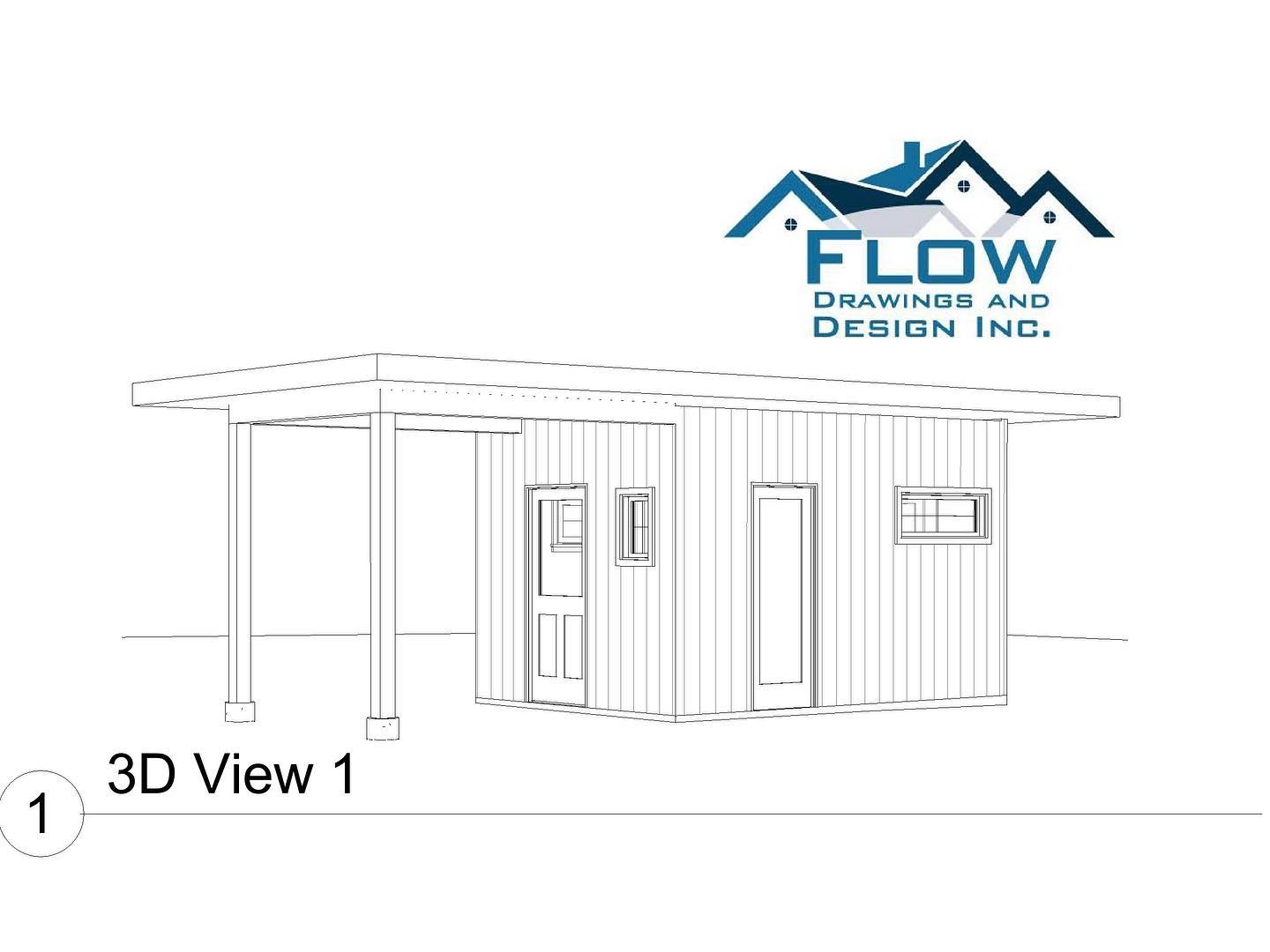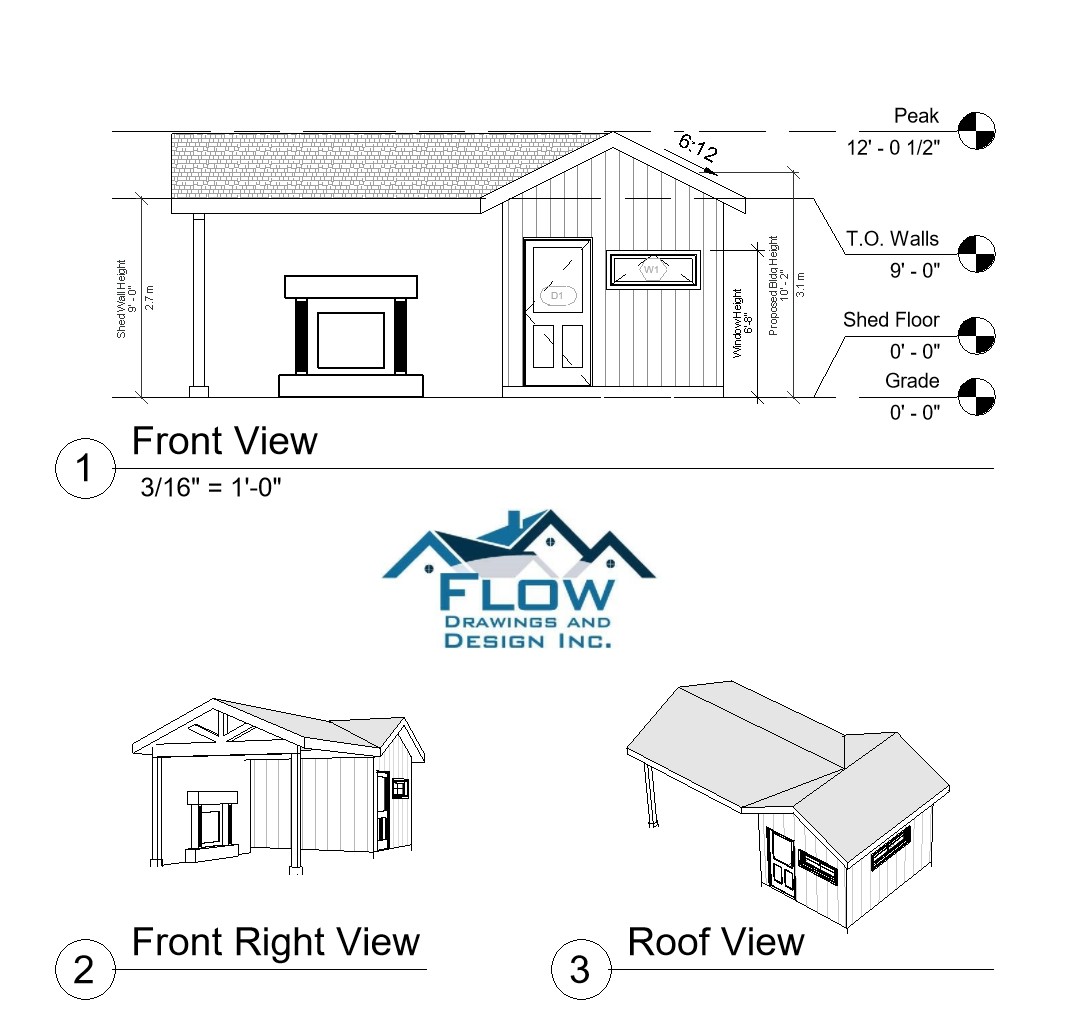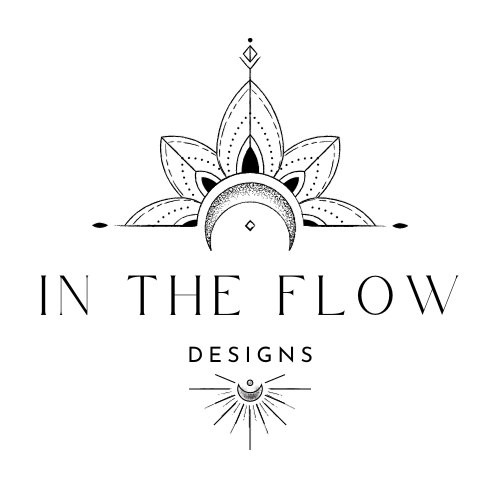When it comes to designing your living space, "in the flow designs" is more than just a trend—it’s a lifestyle. Imagine walking into a room where every piece of furniture feels intentional, every color choice complements the next, and everything works seamlessly together. It’s like the universe conspired to make your home look this good. But how do you achieve that kind of harmony? Let’s dive in and find out.
Let’s face it, most of us don’t have the luxury of hiring a professional interior designer for every little change we want to make in our homes. That’s why understanding the principles behind "in the flow designs" can be a game-changer. Whether you’re decorating a cozy apartment or remodeling an entire house, these concepts will help you create spaces that not only look great but also feel amazing to live in.
So, buckle up because we’re about to take you on a journey through the world of modern design. From understanding what "in the flow designs" really means to practical tips you can start implementing today, this article has got you covered. And hey, who doesn’t love a well-designed space, right?
Read also:Vintage Watch Shops Paris A Timeless Journey Through The Heart Of Fashion
What Exactly Are "In the Flow Designs"?
If you’ve been scrolling through Pinterest or Instagram lately, chances are you’ve come across posts tagged with "in the flow designs." But what exactly does it mean? Simply put, it’s all about creating spaces that feel natural, functional, and harmonious. Think of it as designing your home in a way that aligns with the way you live your life.
One of the key elements of "in the flow designs" is minimalism. Not the extreme kind where you live with only 10 possessions, but the kind that focuses on simplicity and purpose. Every item in your space should serve a function or bring joy. No clutter, no unnecessary distractions—just pure, unadulterated beauty.
Why "In the Flow Designs" Matter
Here’s the thing: your environment affects your mood, productivity, and even your relationships. If you’re constantly tripping over toys in the living room or feeling overwhelmed by the chaos in your kitchen, chances are your mental health is taking a hit too. "In the flow designs" help eliminate that stress by streamlining your space and making it work for you.
Imagine coming home after a long day and stepping into a living room that feels like a spa. Soft lighting, comfortable seating, and a layout that encourages relaxation. Sounds pretty dreamy, doesn’t it? That’s the power of designing with intention.
Key Principles of "In the Flow Designs"
Now that we’ve got the basics down, let’s talk about the core principles that make "in the flow designs" so effective. These aren’t just random tips—they’re time-tested strategies that can transform any space into a sanctuary.
1. Less Is More
Minimalism is the name of the game here. The fewer items you have in your space, the easier it is to maintain and enjoy. This doesn’t mean you have to get rid of everything you own, but it does mean being intentional about what stays and what goes. Ask yourself: does this item add value to my life? If the answer is no, it might be time to let it go.
Read also:Red Lion Splash Pad The Ultimate Summer Getaway Destination
2. Function Over Form
While aesthetics are important, functionality should always come first. A beautiful piece of furniture that doesn’t serve a purpose is just taking up space. Instead, opt for items that are both stylish and practical. Think multifunctional furniture, clever storage solutions, and smart layouts.
3. Natural Materials
There’s something about natural materials that just feels right. Wood, stone, metal—these elements bring warmth and texture to a space without overwhelming it. Incorporating them into your design can help create a sense of balance and harmony.
How to Achieve "In the Flow Designs" in Your Home
Ready to take the plunge? Here’s a step-by-step guide to achieving "in the flow designs" in your own space.
Step 1: Declutter
This is probably the hardest part, but it’s also the most important. Go through each room in your house and get rid of anything you no longer need or use. Be ruthless—remember, every item you keep should serve a purpose or bring you joy.
Step 2: Define Your Space
Once you’ve decluttered, take a look at the layout of your rooms. Are there any areas that feel awkward or out of place? Rearrange furniture to create a more natural flow. For example, in the living room, arrange seating around a central focal point like a fireplace or coffee table.
Step 3: Add Personal Touches
While minimalism is key, that doesn’t mean your space has to feel cold or sterile. Add personal touches like family photos, art pieces, or plants to make your home feel more inviting. Just be mindful not to overdo it—remember, less is more.
Common Mistakes to Avoid
Even the best-laid plans can go awry if you’re not careful. Here are some common mistakes to avoid when implementing "in the flow designs" in your home.
- Over accessorizing: Too many decorations can make a space feel cluttered and overwhelming.
- Ignoring lighting: Lighting is crucial for setting the mood in any room. Make sure you have a mix of ambient, task, and accent lighting.
- Forgetting about storage: Out of sight, out of mind. Proper storage solutions can help keep your space looking tidy and organized.
Benefits of "In the Flow Designs"
So why should you bother with "in the flow designs" in the first place? Here are just a few of the benefits:
1. Reduced Stress
Living in a well-designed space can significantly reduce stress levels. When everything has its place and your environment feels calm and organized, it’s easier to relax and unwind.
2. Improved Productivity
A clutter-free workspace can boost your productivity and creativity. Whether you’re working from home or just need a place to focus, "in the flow designs" can help you get in the zone.
3. Enhanced Aesthetics
Let’s not forget the obvious—your home will look amazing. With thoughtful design choices and attention to detail, you can create a space that’s both beautiful and functional.
Real-Life Examples of "In the Flow Designs"
Need some inspiration? Here are a few real-life examples of "in the flow designs" in action:
1. Minimalist Kitchen
A sleek, minimalist kitchen with hidden storage and integrated appliances. Every inch of space is utilized efficiently, leaving plenty of room for cooking and entertaining.
2. Cozy Living Room
A living room with a sectional sofa, a statement rug, and a few carefully chosen accent pieces. The layout encourages conversation and relaxation, while the color palette is soothing and inviting.
3. Functional Home Office
A home office with built-in shelving, a standing desk, and ergonomic seating. The space is designed to promote focus and productivity, with plenty of natural light and greenery to keep things fresh.
Tips for Maintaining "In the Flow Designs"
Designing a beautiful space is one thing, but maintaining it is another. Here are some tips to help you keep your "in the flow designs" looking their best:
- Establish a cleaning routine: Regularly dust, vacuum, and declutter to keep your space looking fresh.
- Rotate decor seasonally: Keep things interesting by swapping out decor items with the seasons.
- Stay mindful: As you acquire new items, ask yourself if they fit with your overall design aesthetic.
Conclusion
There you have it—a comprehensive guide to "in the flow designs." From understanding the principles to implementing them in your own home, we’ve covered everything you need to know to create a space that truly reflects your style and needs.
Now it’s your turn to take action. Whether you start small by decluttering one room or dive headfirst into a full redesign, remember that the goal is to create a space that feels good to live in. And hey, don’t forget to share your progress with us in the comments below—we’d love to see how you’re transforming your space!
Table of Contents
- What Exactly Are "In the Flow Designs"?
- Why "In the Flow Designs" Matter
- Key Principles of "In the Flow Designs"
- How to Achieve "In the Flow Designs" in Your Home
- Common Mistakes to Avoid
- Benefits of "In the Flow Designs"
- Real-Life Examples of "In the Flow Designs"
- Tips for Maintaining "In the Flow Designs"
- Conclusion


.png)